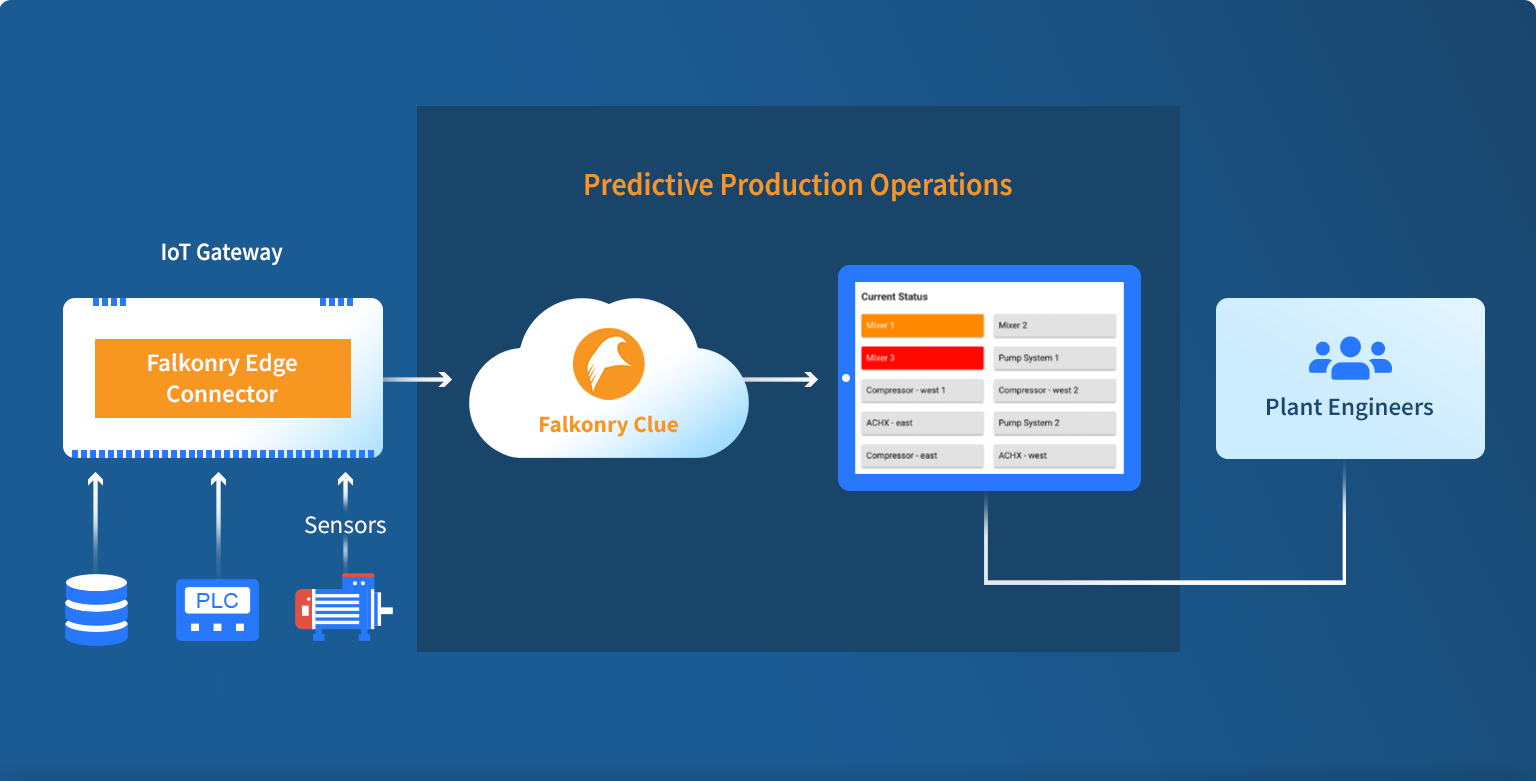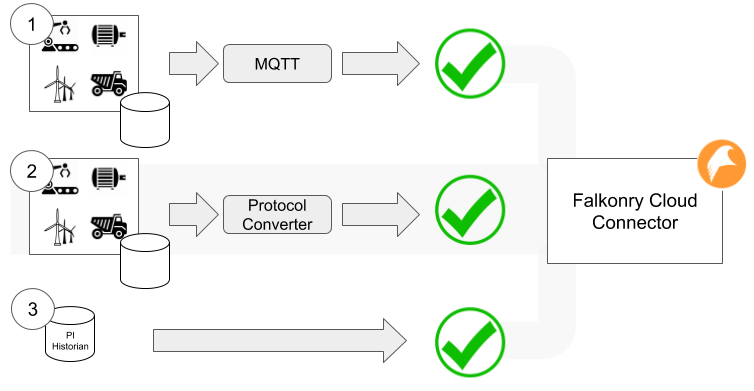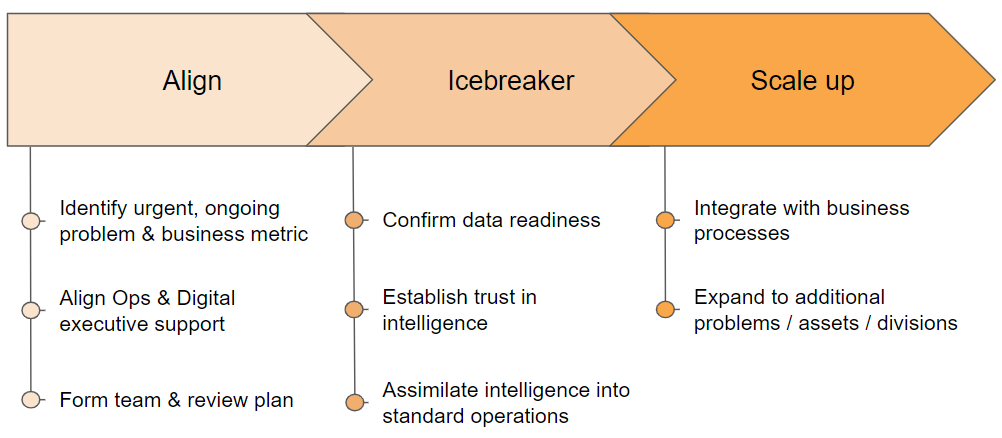Journey Through a Clue Pilot
Key Takeaways:
- Directly actionable pilots yield 3x the ROI of POCs
- Going straight to a pilot is both technically and culturally difficult. Falkonry Clue was built to help overcome these difficulties.
- The four basic steps of a Clue pilot are presented: Prepare, Connect, Learn and Expand.
POC purgatory: There is a growing realization that proof of concepts don’t lead to adoption. According to the Harvard Business Review, companies that bypassed a proof of concept (POC) and went straight into some form of implementation spent less, succeeded more often and achieved that success more quickly. “They achieved nearly three times the return on their AI investments when compared to their lower-performing counterparts.”
At Falkonry, we saw this same pattern recurring among our customers: Those who went directly to production use cases and were able to act on the findings saw success; those who did not were unable to convert findings into value. Witnessing these engagements we saw that getting to a production pilot while bypassing a POC was hard. The issues frequently included: procuring and using historical data, getting engagement from operational experts, finding valuable problems to solve and scaling adoption to the level needed to realize operational excellence. Overcoming these barriers was clearly an important step to helping our customers achieve predictive operations. Therefore we developed Falkonry Clue.
Clue is a software product which engages operational experts in their day-to-day work so that real problems get solved in real time – no POC required. In this post we look at what a typical journey through the Clue pilot process looks like so that you can be better prepared to take that journey in your plant.

There are four basic steps in a Clue pilot:
- Prepare: Identify problems and secure support.
- Connect: Perform site survey and connect to Clue.
- Learn: Deploy an “icebreaker” into production and use that learning to improve operations.
- Expand: Demonstrate scaling to another problem in the same line.
1) Prepare
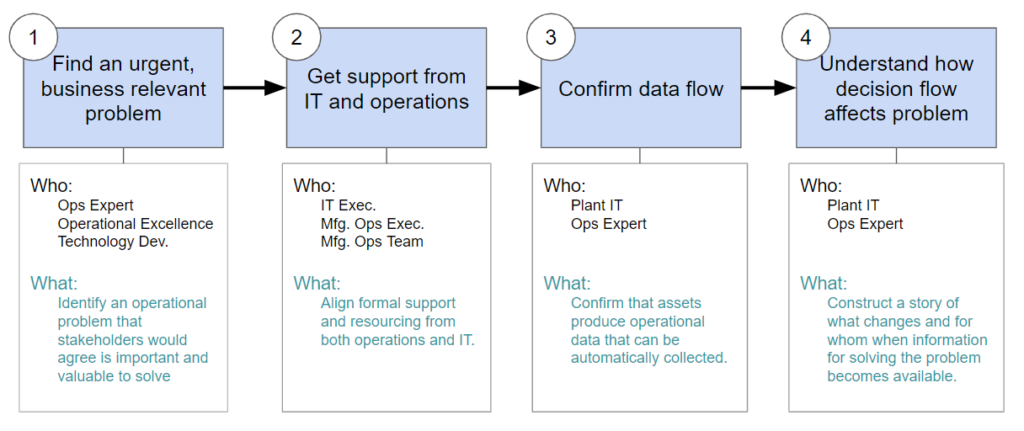
Identify at least one urgent problem. Get executive support to address it. Confirm that data can be obtained to monitor it. Confirm how a successful outcome would be used by operators, techs and other front line stakeholders.
Take the Predictive Operational Excellence quiz to quickly check your readiness.
2) Connect
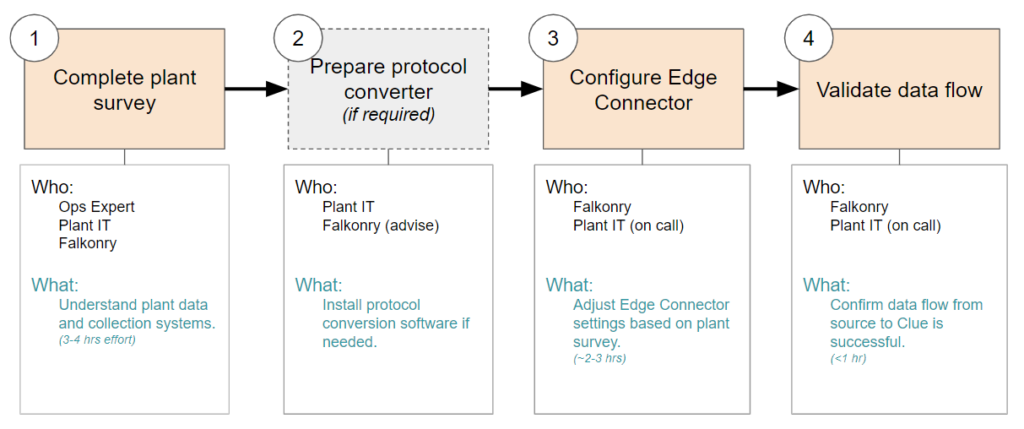
Complete a plant survey to prepare for connection to operational data sources. Prepare protocol converters if indicated by the survey. Falkonry will then configure the data connector and validate that data is flowing to Clue correctly.
3) Learn
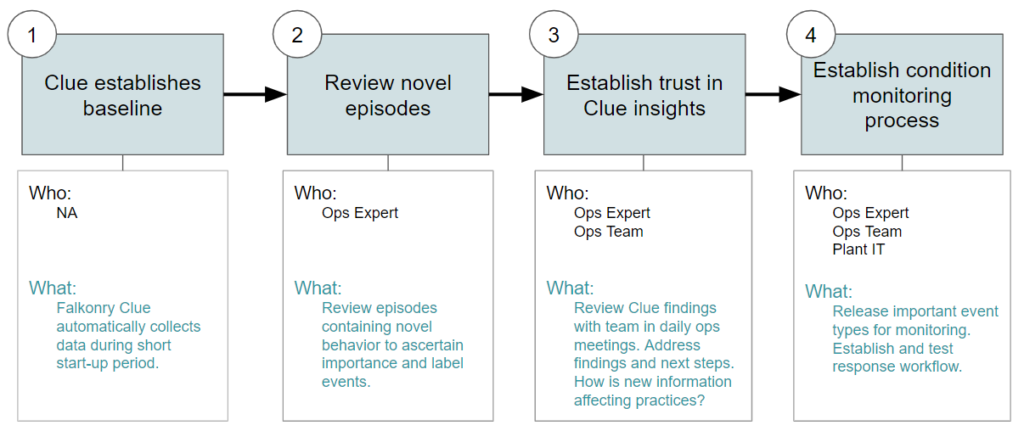
Let Falkonry Clue run and establish a baseline of normal behavior. Review episodes of novel behavior and review learning with the operations team as part of regular, daily operations meetings. Refine understanding of how Clue insights are best used by the front line operators to minimize friction and maximize impact during a full deployment.
4) Expand
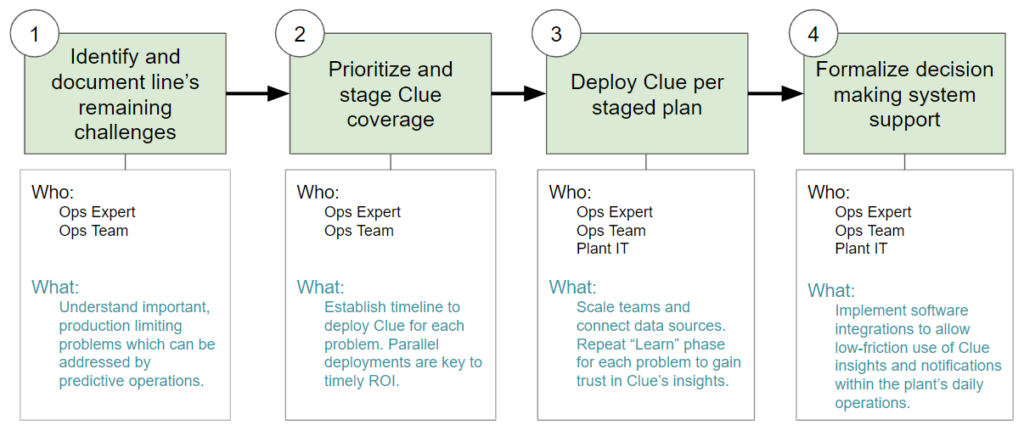
Identify additional problems in other areas of the line. Prioritize the problem list and then deploy Clue to address those problems in parallel. As trust in the results grow and insights provide more and more value to on-going operations, it is important to reduce friction for operators and other front-line workers by integrating Clue insights with existing plant systems to allow faster decision making and follow-up actions.
Contact us. We can help you get started.

